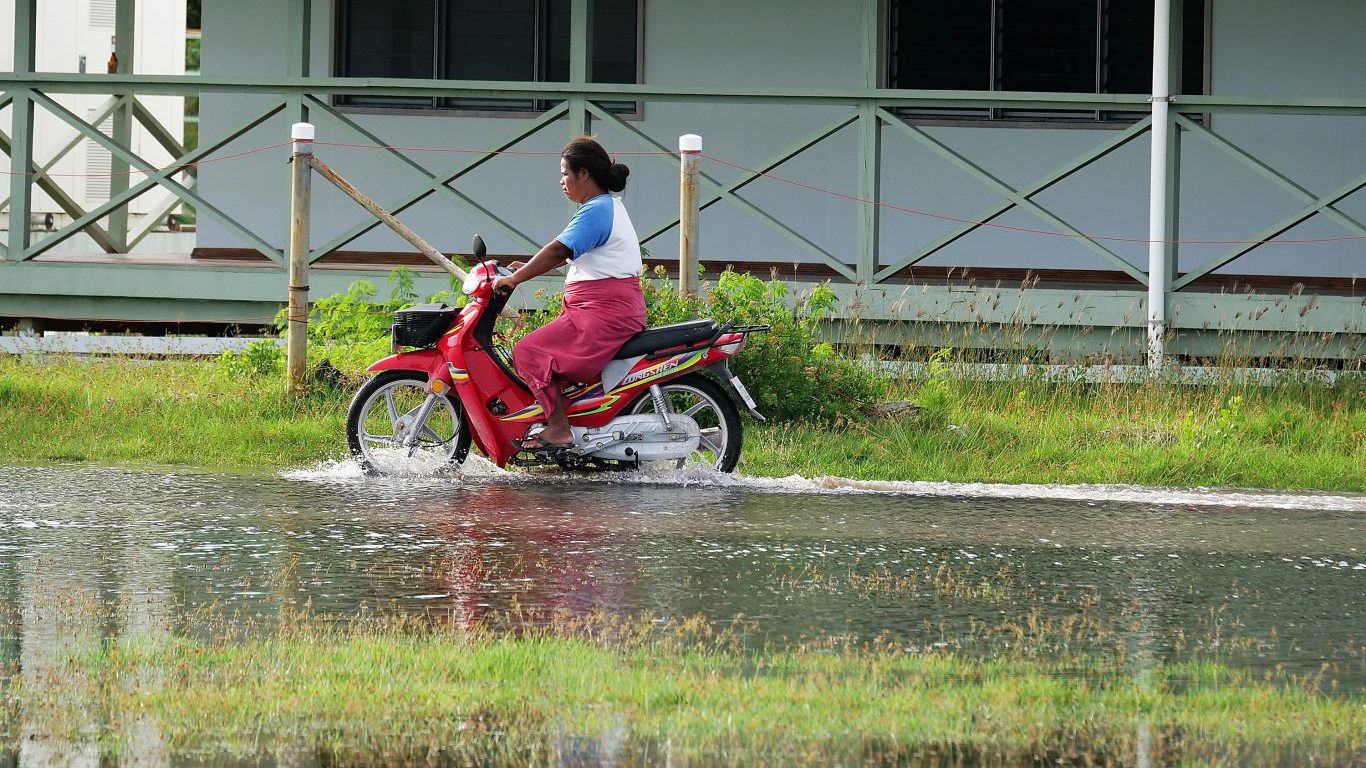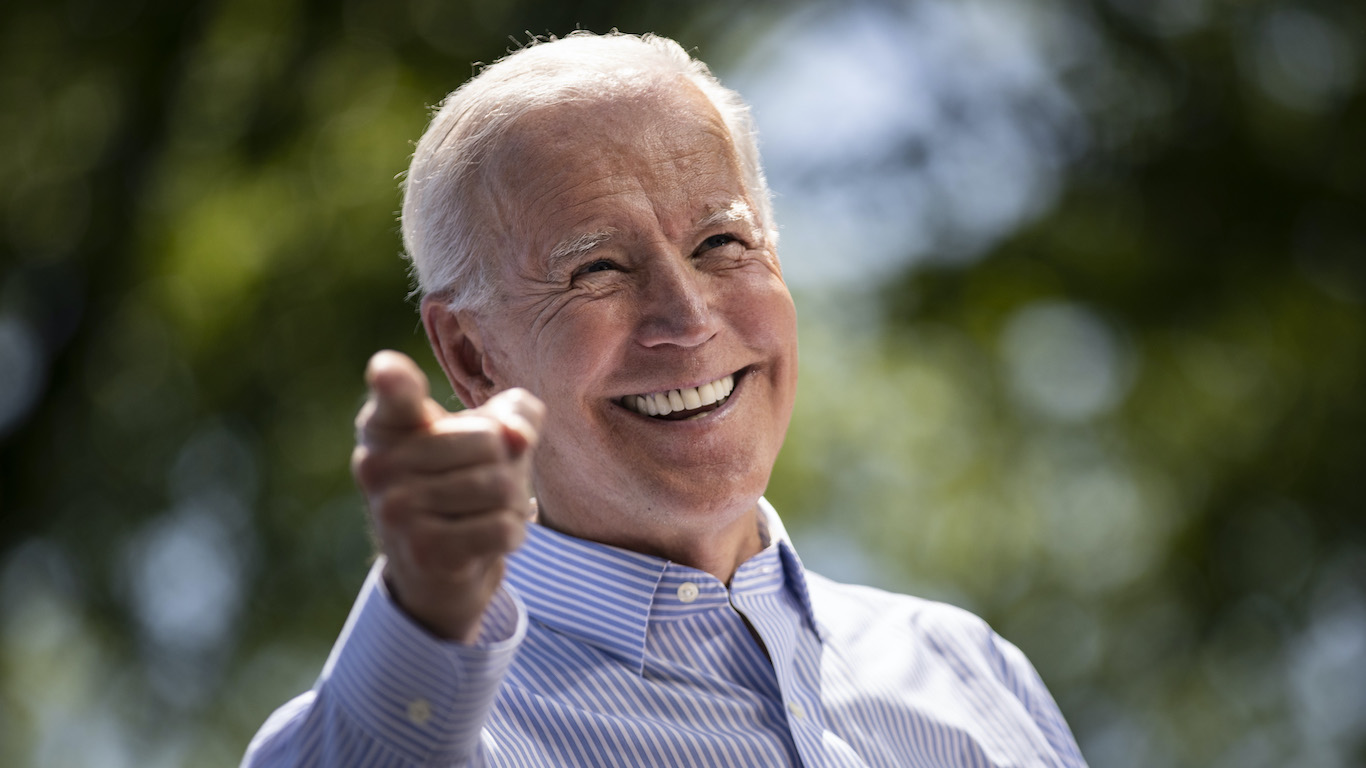By David Callaway, Callaway Climate Insights
We’re all going to learn a lot about Russian history and Ukraine in coming weeks, but a better way to gauge the historic nature of Putin’s War is through the energy markets, which will be redrawn in Europe because of it.
Oil and natural gas prices leaped Tuesday, as expected, and oil will certainly go above $100 a barrel in coming weeks as the dramatic nature of what the Russian leader’s invasion of Ukraine means for Europe, which draws some 40% of its energy from Russian oil and gas.
Germany’s Olaf Scholz put a halt on the Nord Stream 2 pipeline from Siberia to Germany this morning, as promised. But that pipeline was not open yet anyway, and Putin has four more pipelines he can play politics with, right in the middle of winter. Whether climate solution advocates like it or not, the need for oil and gas is going to become the story in coming weeks.
But behind the scenes, the groundwork already laid for renewable energy in Europe — particularly in its largest economy, Germany — is going to expand with wartime urgency, meaning faster than any energy analysts have ever thought possible. Far from being taken hostage by Putin’s oil, this global event will hasten Europe’s transition, and ultimately, deprive Putin of his most valuable export and chief economic driver.
The wheels are in motion, and Western sanctions will set the pace. Putin is making a mistake on many levels in betting he can rebuild the USSR with Ukraine. But his bet on oil will cost him the most.
More insights below. . . .
Tuesday’s subscriber insights: SCOTUS EPA hearing could deal death blow to Biden’s climate agenda
. . . . Next week’s Supreme Court hearing of West Virginia v EPA could be the death blow to President Joe Biden’s climate agenda. After the collapse of “Build Back Better” and the precipitous plunge of climate priorities amid turbulent financial markets and the Russian invasion of Ukraine, the new makeup of SCOTUS is likely to remove the authority of the Environmental Protection Agency to regulate greenhouse gases, if not the entire ability of Congress to delegate authority to regulatory agencies. Read more here. . . .
. . . . Nine months out from COP27 in Egypt and climate leaders are already back-pedaling on the potential for progress from a knee-capped Glasgow summit last November. Whereas Glasgow was (supposedly) about new international cooperation on reducing greenhouse gas emissions, COP27 in Sharm El-Sheikh will be geared toward international financing for countries who need help combating global warming. Although we are relatively new on the climate circuit, this seems pretty much dead in the water to us, having witnessed the failure of leading nations to commit funds in Glasgow, and to live up to previous commitments. If COP27 is simply a “hands-out” exercise, we can expect a lot of empty rhetoric and little check writing, as we move to another year out. . . .
. . . . The shocking weekend report about Credit Suisse holding some 30,000 accounts for drug dealers, autocrats, and other international criminals back to the Second World War by my friends at Suddeutsche Zeitung should jolt anybody who wants to give the benefit of the doubt to global financial institutions with regard to their sincerity about a sustainable transition from fossil fuels. Credit Suisse hosted one of the bigger ESG conferences in Europe last year, with both Mark Carney and Michael Bloomberg speaking, among others. How a bank can talk climate change and sustainability with a straight face while harboring these accounts in flagrant violation of international money laundering regulations is beyond us. This one might just be the nail in the proverbial coffin for scandal-plagued Credit Suisse. . . .
. . . . And finally, if you’re like me, you’re tired by now of the 2/22/22 references, and happy that tomorrow is another day. But one story in The Independent caught my bleary eye this morning, which said that today in astrology circles marks Pluto’s Return. I don’t spend a lot – OK, any – time on astrology, but I was intrigued by this story that equated planet Pluto’s 248-year orbit around the sun with the rise and fall of civilizations here on Earth. The last time Pluto was in this spot was just a few years before the signing of the Declaration of Independence. Past appearances have coincided with the fall of the Roman Empire and the start of the Elizabethan era. Today, we see the biggest attempt by a dictator to redraw Europe’s map since 1945, and of course, Covid over the past two years. Thanks, Pluto. Take a hike. . . .
Editor’s picks: Deadly flash floods near Rio; new European building emission database launched
New European building emission database launched
The Partnership for Carbon Accounting Financials, PCAF, has launched a European building emission factor database. According to the consultancy Guidehouse, which serves as the PCAF’s secretariat, “the publicly available database allows financial institutions access to a specified set of emission factors for commercial real estate and mortgages for all countries in the European Union, as well as Norway, Switzerland, and the United Kingdom.” The report also notes that depending on data availability, financial institutions can distinguish between European countries, residential and non-residential building types, and energy performance certificate (EPC) ratings to extract the specified emission or energy intensity per floor area or unit. “The launch of the PCAF European building emission factor database represents a crucial milestone of the PCAF project Financing towards net-zero buildings and enables financial institutions to measure and disclose the emissions of their European building portfolios,” said Giel Linthorst, executive director at PCAF and director at Guidehouse. “PCAF is glad to offer this publicly available database to any interested stakeholder.” Launched globally in 2019, PCAF has more than 210 financial institution signatories.
Deloitte China to acquire Carbon Care Asia
Deloitte China will acquire most of the advisory business of Hong Kong-based sustainability consultancy Carbon Care Asia. CCA said its sustainability, carbon strategy and ESG advisory services will be integrated to create a new practice, Deloitte Carbon Care Asia. Albert Lai, co-founder and CEO of CCA, said, “Since 2008, CCA has been driven by a mission to achieve a zero-carbon economy for all by promoting sustainability practices and raising climate competence in business, government and community organizations.” Deloitte China has 22,000 employees and provides professional services to nearly 90% of Fortune Global 500 Chinese companies. In a statement through CCA, Deloitte China said that as part of its efforts to help the world achieve the goals of the Paris Agreement, the company has committed to achieving net-zero greenhouse gas emissions by 2030 and launched the WorldClimate program to drive responsible climate choices within its organization and beyond.
Data driven: Zoning into the ozone layer
. . . . When was the last time you had a good long chat about the ozone layer? Get comfortable. We’ll try to make this short but useful. The ozone layer, a region of high ozone concentration in the stratosphere between 9 and 21 miles above Earth’s surface, is an invisible shield and protects life on earth by absorbing harmful ultraviolet radiation from the sun. In the ‘80s, scientists discovered severe ozone depletion over Antarctica, known as “the ozone hole.” The UN Environment Program notes “it was soon found that the ozone hole was a result of manmade chemicals called chlorofluorocarbons (CFCs) used in the manufacture of aerosol sprays, as refrigerants, blowing agents for foams and packing materials and solvents.” Those chemicals, along with others found to destroy stratospheric ozone, are collectively known as ozone-depleting substances (ODSs). “Understanding that continued depletion of the ozone layer would severely impact the health and well-being of humans, animals, ecosystems and climate, the global community responded swiftly.” The Vienna Convention for the Protection of the Ozone Layer was adopted in 1985, followed by the Montreal Protocol on Substances that Deplete the Ozone Layer in 1987. They are the first international environmental treaties to be universally endorsed by 198 nations of the world. The good news is that as a result, the atmospheric levels of nearly all these ODSs have declined substantially in the past two decades.
Callaway Climate Insights Newsletter
By David Callaway












